
The Secret of Making the Perfect Pastel Drawing
Pastel is a versatile word. It can be a noun when referring to a pastel, a general term for a pastel drawing or a pastel painting. It can also be a verb, as in to pastel something, meaning the act of creating a pastel drawing. And it can be an adjective, describing certain pale qualities in a color. The word derives from the Italian pastelle, like the word pasta, which means paste, and that is an accurate description of the medium. Pastels contain the highest concentration of pure pigments and the lowest ratio of binders and fillers, giving them physical characteristics similar to putty. Pastels are applied while dry, like graphite, chalk, sanguine (a type of red chalk), or Conté crayons (powdered coal or graphite bound with wax). Because of their high concentration of pigment, the color an artist can get from a pastel is potentially far more vibrant than what can be achieved with other media. But pastels are also delicate, temperamental, and potentially toxic. The secret to using pastels effectively is to understand their delicate nature and to learn the unique properties that put them in a class of their own.
Types of Pastels
Pastels either come in the form of a stick, similar to pieces of chalk, or in little pans similar to makeup pans. There are four basic pastel varieties: hard pastels, soft pastels, pastel pencils, and oil pastels. All four are made of ground up pigments, usually derived from some type of mined substance, mixed with a liquid binder. For a binder, hard and soft pastels and pastel pencils usually use some type of sap derivative, like gum Arabic. Oil pastels utilize a different type of binder made from a mixture of oil and wax, giving them qualities that are different from traditional pastels. Since the properties of oil pastels make them incompatible with other types of pastels, for the rest of this article we will only be referring to the other three aforementioned varieties.
Soft pastels have the most pigment and the least amount of binder, giving them the most vibrant color. Since their pigment ratio is so high they are brittle and can easily crumble, making them difficult for beginners to use. Hard pastels have less pigment, making them far less delicate and easier to learn with. Soft pastels usually come wrapped in paper, so they also often contain some type of abrasive additive that makes the paper not slip off. Pastel pencils are exactly like regular pencils: they are wood wrapped around a drawing medium. But instead of graphite, they contain a core filled with pastel medium that has a consistency somewhere in between a hard and a soft pastel stick.
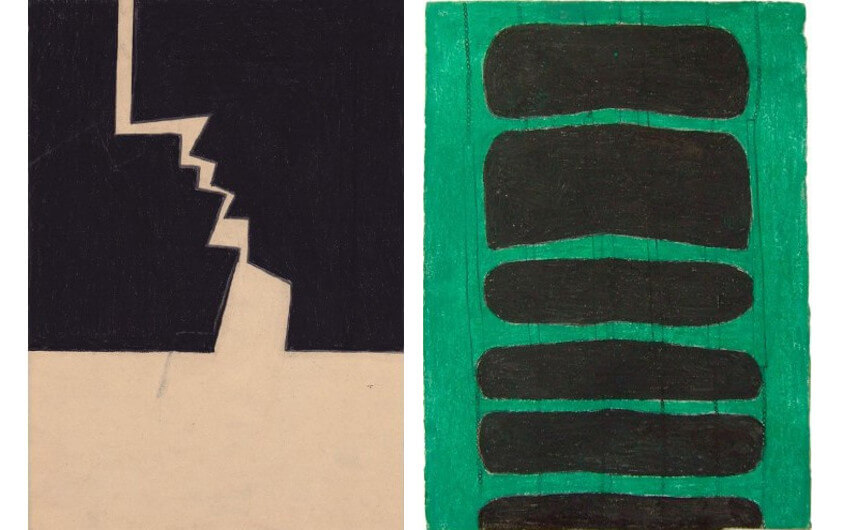 Fieroza Doorsen - Untitled, 2014. Pastel and pencil on paper (left) / FIeroza Doorsen - Untitled, 2014. Pastel, charcoal and ink on paper (right)
Fieroza Doorsen - Untitled, 2014. Pastel and pencil on paper (left) / FIeroza Doorsen - Untitled, 2014. Pastel, charcoal and ink on paper (right)
Pros and Cons of Pastels
The biggest positive about pastels is that they offer painters the closest possible color to that of a pure pigment. That positive is balanced by the fact that the more pure the color, the softer and more crumbly the pastel stick will be. But since soft and hard pastels can be used together in the same work, there is a way to get around this challenge. Many pastel painters sketch out their works with pastel pencils, which are precise, and use the solid edges of hard pastels to create other fine details. Then they use the vibrant soft pastels for the larger, less detailed parts of the work so they can maximize the effects of the pure color.
Another positive for pastels is that they are easy to transport and easy to clean up after. There are no colors to mix ahead of time, and nothing to rinse off afterward. Since they come in easy-to-carry cases, painting plein air or in a small or secluded space is relatively easy. A major con of pastels is that they are essentially made of dust. The fine particles can be toxic, both to lungs and skin. Many painters do not like to use gloves, and some even like to blend pastels with their bare hands. There are some non-toxic pastels available, but variety is limited. As for breathing in the dust, this can be solved by wearing a respirator or working outdoors, or at least in a well-ventilated room.
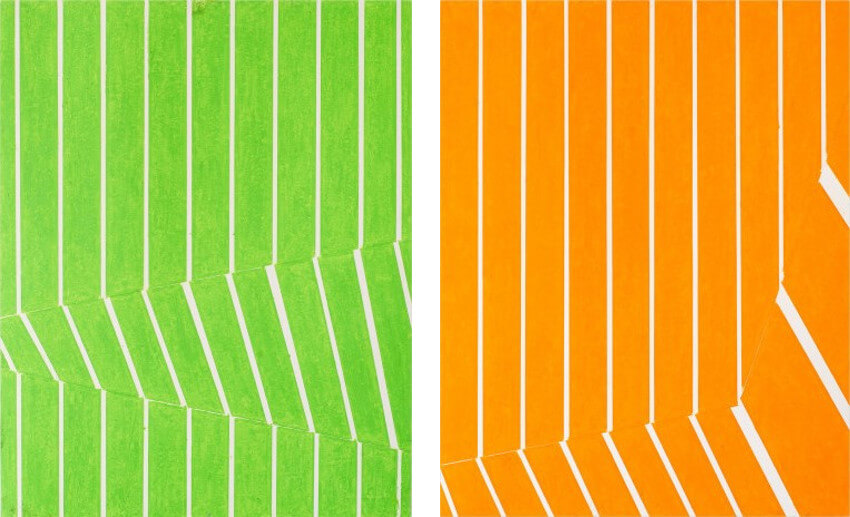 Tilman - Untitled (257.11), 2011. Unique. Pastel crayon on vellum paper. 65 x 50 cm (left) / TIlman - Untitled (258.11), 2011. Unique. Pastel crayon on vellum paper. 65 x 50 cm (right)
Tilman - Untitled (257.11), 2011. Unique. Pastel crayon on vellum paper. 65 x 50 cm (left) / TIlman - Untitled (258.11), 2011. Unique. Pastel crayon on vellum paper. 65 x 50 cm (right)
Pastel Techniques
There are some immediate challenges a painter must address when learning to use pastels. First, pastels can only be effective on abrasive surfaces, such as paper, canvas, or burlap. The medium sticks to the bumps. Second, color cannot be mixed and tested ahead of time, and it is difficult to alter once it is on the surface. Confidence is therefore needed when applying pastels. That said there is still no faster way to add a vibrant streak of pure color to a surface than with a pastel stick. Here are some specific techniques that make good use of the peculiarities of pastels:
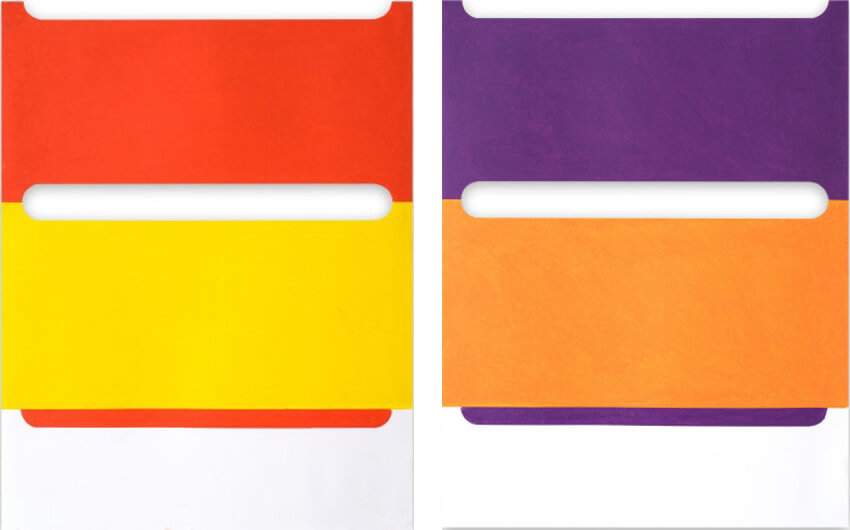 Tilman - Untitled (389.11). 2011. Unique. Pastel crayon on vellum paper 65 x 50 cm (left) / Tilman - Untitled (393.11), 2011. Unique. Crayon on vellum paper. 65 x 50 cm (right)
Tilman - Untitled (389.11). 2011. Unique. Pastel crayon on vellum paper 65 x 50 cm (left) / Tilman - Untitled (393.11), 2011. Unique. Crayon on vellum paper. 65 x 50 cm (right)
Dry Washing
Since pastels stick to bumps, when a light stroke is made across a surface there are gaps between the areas of color. Dry washing is a technique that can smooth that color out. You dry wash a pastel when you take a tool such as a paper towel, cotton ball, or your finger, and gently rub the pigment, spreading it more thinly and providing a more complete surface coverage.
Colored Ground
Rather than creating a pastel on a white surface, a pre-colored surface could be used. The colored surface will have a softening effect on the pastels added to the piece, reducing their vibrancy. Or, instead of using a pre-colored ground, an artist could use the hard side of a pastel stick to cover the entire surface area and then dry wash the surface to create a colored ground.
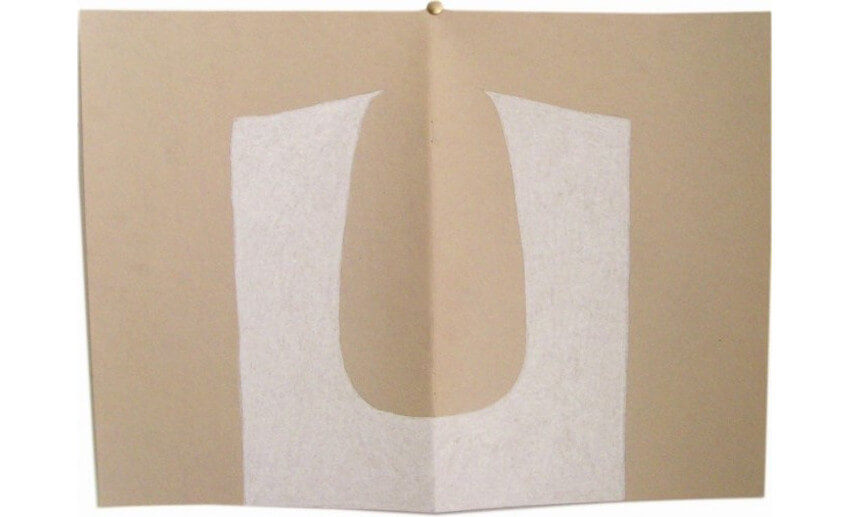 This untitled pastel drawing by Fieroza Doorsen uses a colored ground
This untitled pastel drawing by Fieroza Doorsen uses a colored ground
Erasing
Since pastels are difficult to paint over or to blend without losing their vibrancy, there are limited options when a mistake occurs. By using a tool called a kneaded eraser, which is like a hand-formed ball of putty, pastel pigment can sometimes be gently removed from a surface. Rather than rubbing the color out, the eraser lifts the particles off the surface.
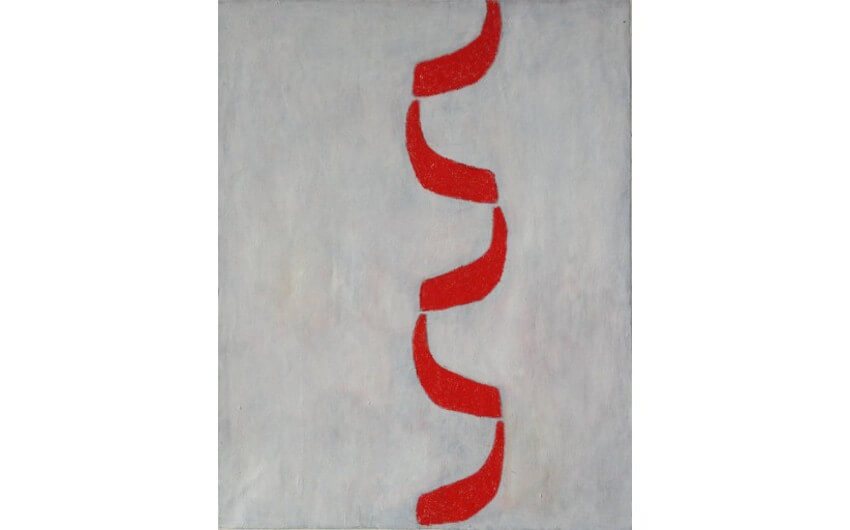 Fieroza Doorsen - Untitled, 2015. Oil and pastel on paper.
Fieroza Doorsen - Untitled, 2015. Oil and pastel on paper.
Blurring
Pastel lends itself particularly well to blurring, feathering, or what is called sfumato in Renaissance painting. By gently rubbing the medium with a cotton ball or dry cloth after it is on the surface, it can be blurred in order to bring other areas into sharper focus.
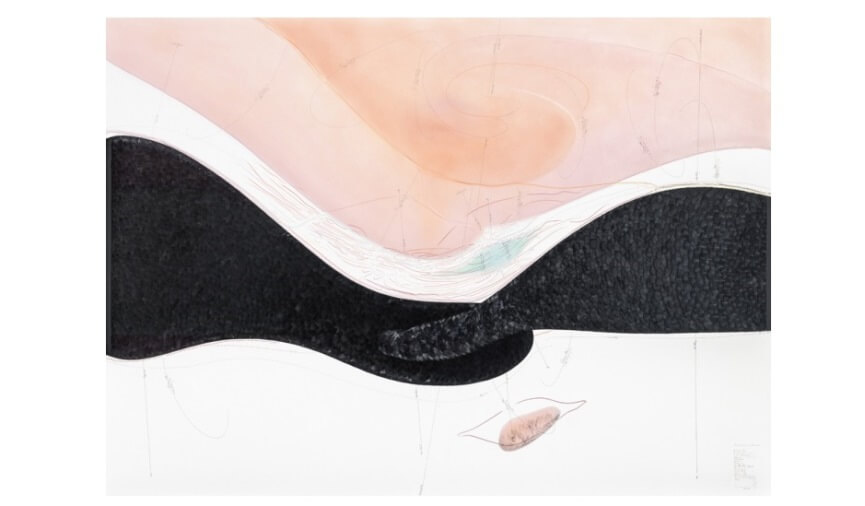 Jorinde Voigt - Too much happened over the weekend, 2015, Ink, feathers, oil pastels, pastel, pencil on cardboard. © Jorinde Voigt
Jorinde Voigt - Too much happened over the weekend, 2015, Ink, feathers, oil pastels, pastel, pencil on cardboard. © Jorinde Voigt
Textured Surfaces and Rubbing
Pastels work well for a technique known as frottage, which is the act of rubbing a surface with medium while it is placed over something rough. For example, a piece of paper might be placed over a stone surface then rubbed with pastels to make a sort of imprint of the rough surface. An alternative to frottage is to begin with a surface that is already textured in whole or in part, like a collage or a paper that has been folded, which will affect the pattern created by the pastel.
Resisting
In painting, to resist means covering parts of a surface with something that will resist the next layer of medium, causing those areas not to accept paint. Pastels lend themselves well to resisting. You can either eliminate abrasion in spots or add other mediums to the surface to which pastel will not adhere.

Fieroza Doorsen - Untitled (Id. 1276), 2017. Unique. Oil and pastel on paper. 29.5 x 21 cm
Making Your Own Pastels
One of the most exciting things about pastels is that they are a relatively simple type of painting medium that can actually be made at home. Of course, there are thousands of different pigments you can use, as well as multiple different binders. And many of the pigments to make specific colors may have to be special ordered from exotic suppliers. Also, as we have mentioned, the pigments are made of fine particles, many of which are toxic, so the task is not child-friendly or something to be taken lightly.
But nonetheless, if you are a serious pastel painter on a budget, homemade pastels can offer a cost effective path to a high-quality product. There are many different instructional guides available online or at the library, so we do not need to go into much detail here, but it is quite simple: you mix pigment dust with sap until it is the consistency of dough then let it harden, and voilà—a soft pastel! Now all that is left to do is create the perfect pastel drawing! Bonne chance!
Featured image: Tilman - Untitled - 101.13 (detail), 2013. Unique. Pastel crayon on vellum paper. 35.5 x 28 cm
By Phillip Barcio






